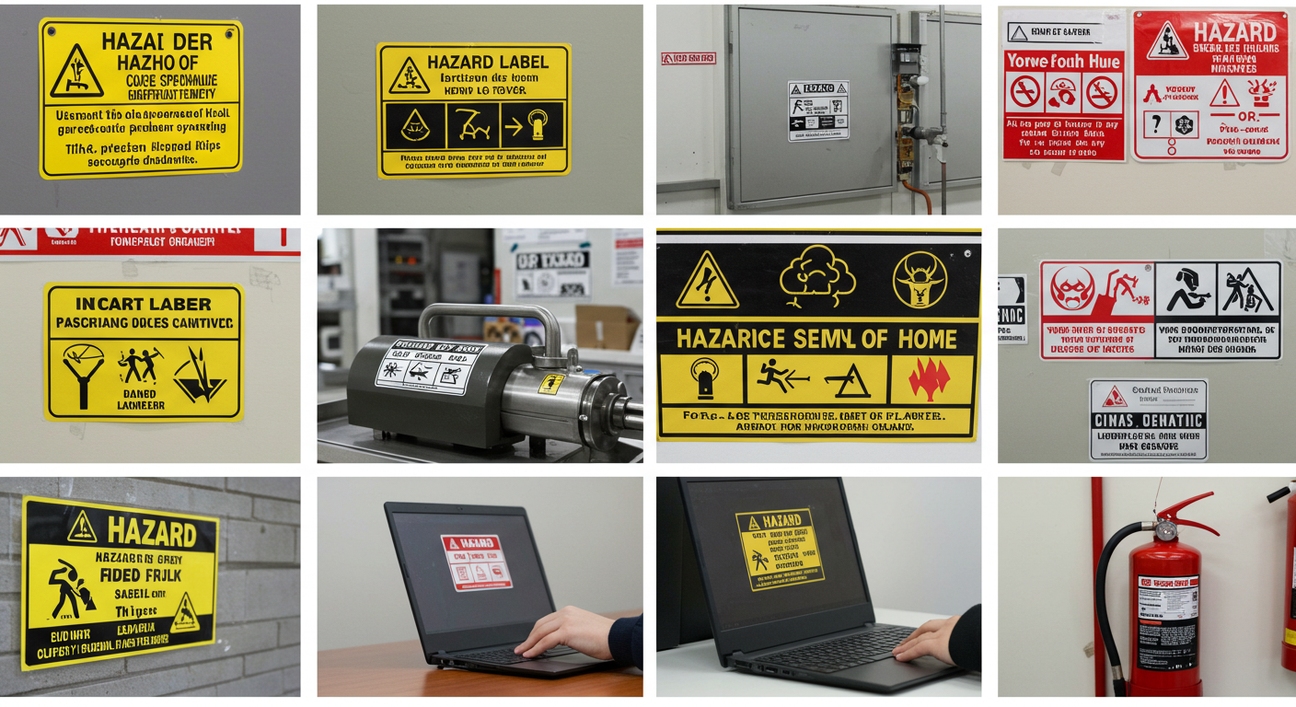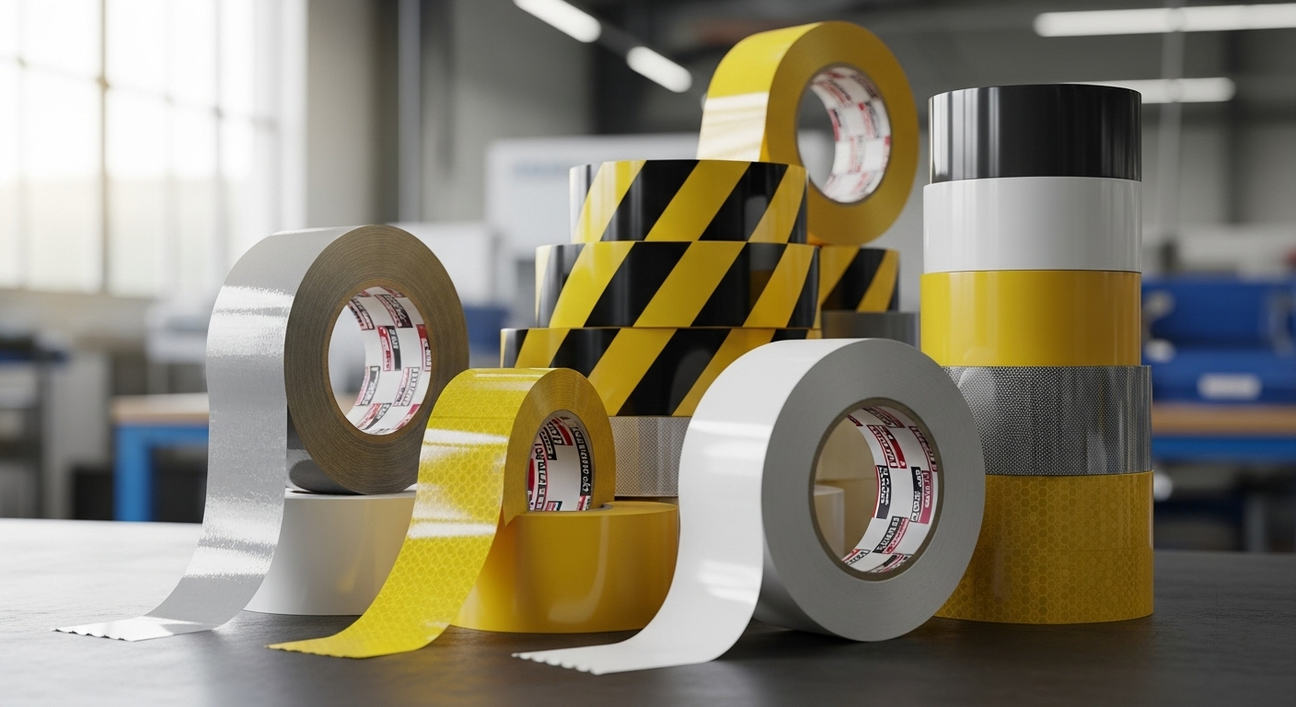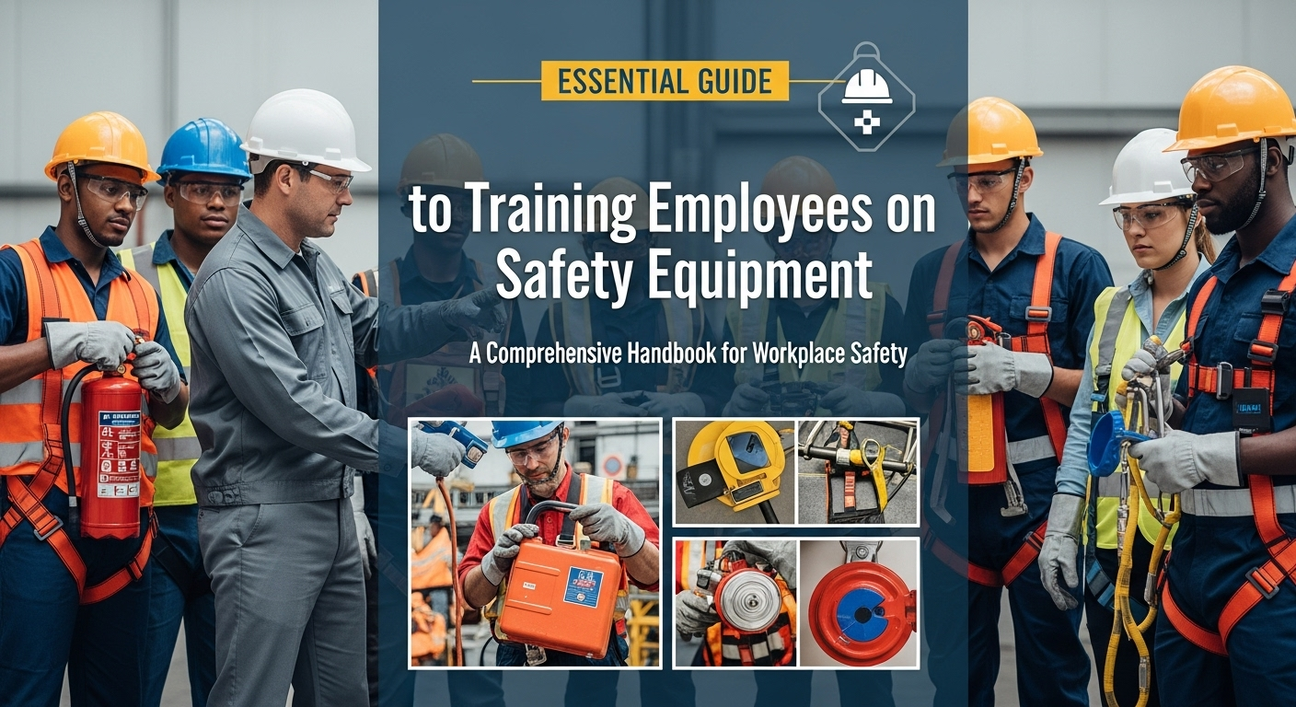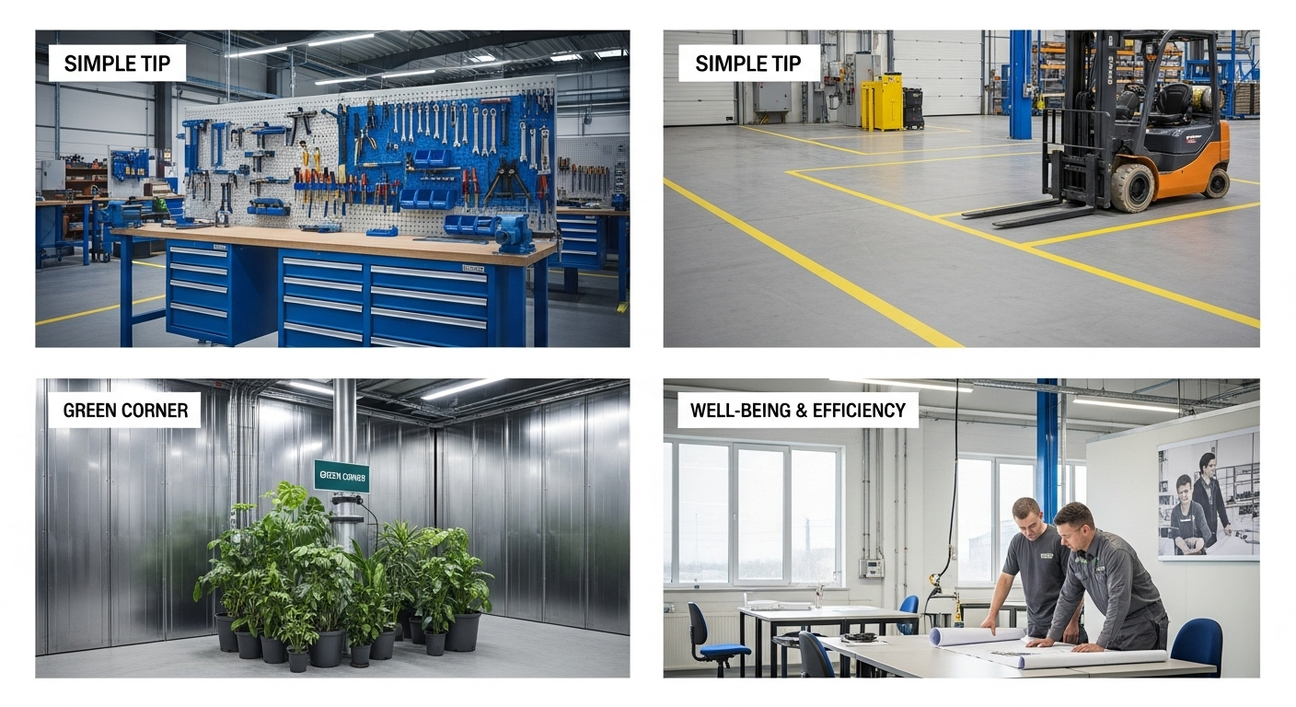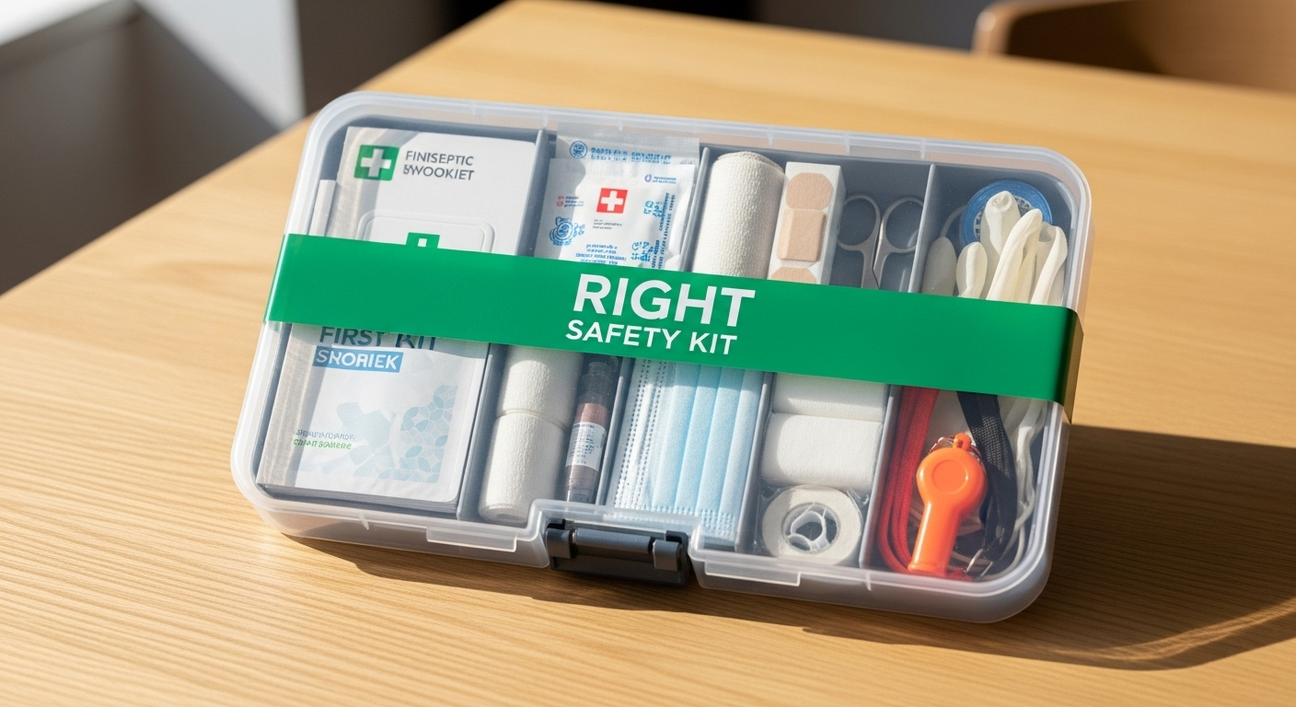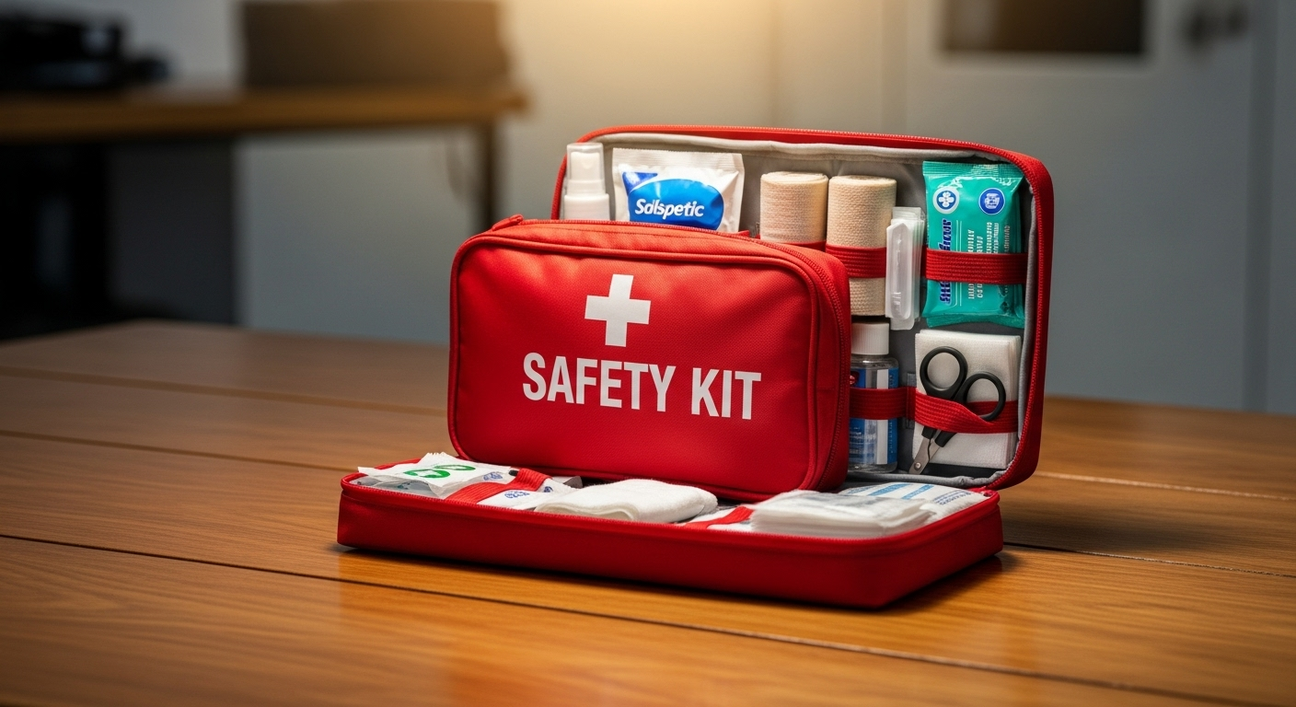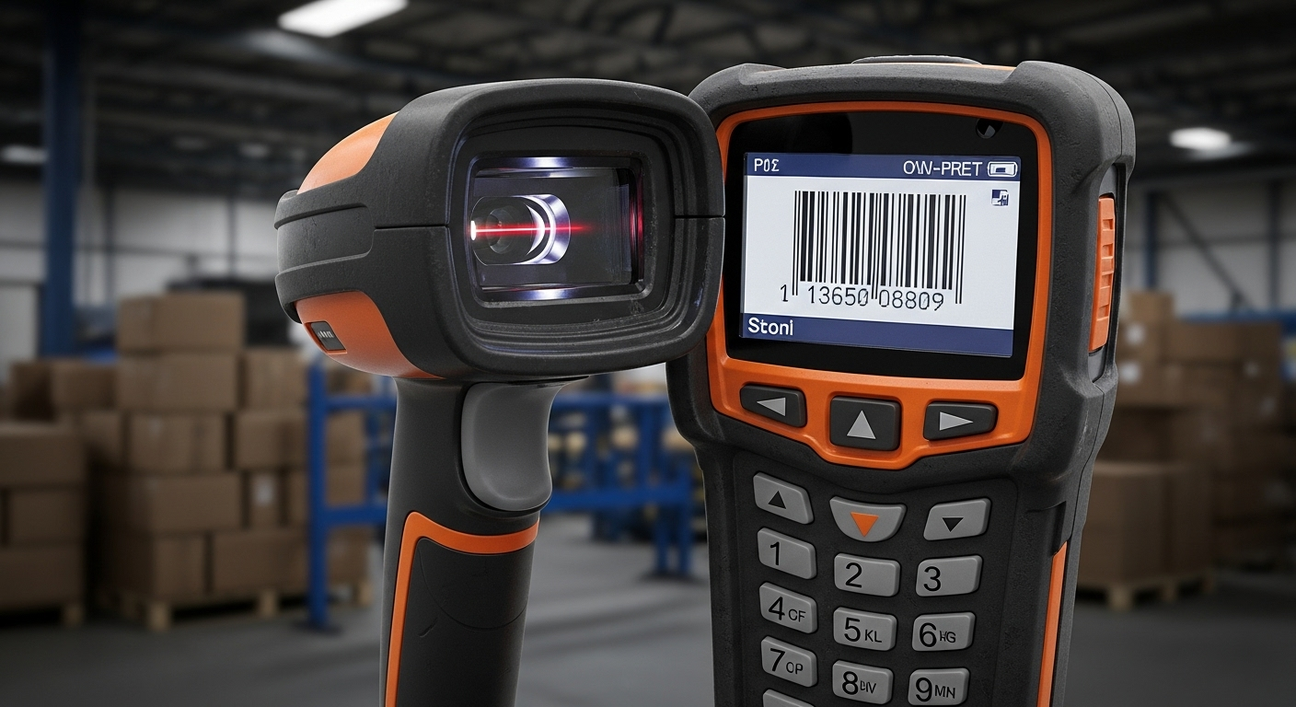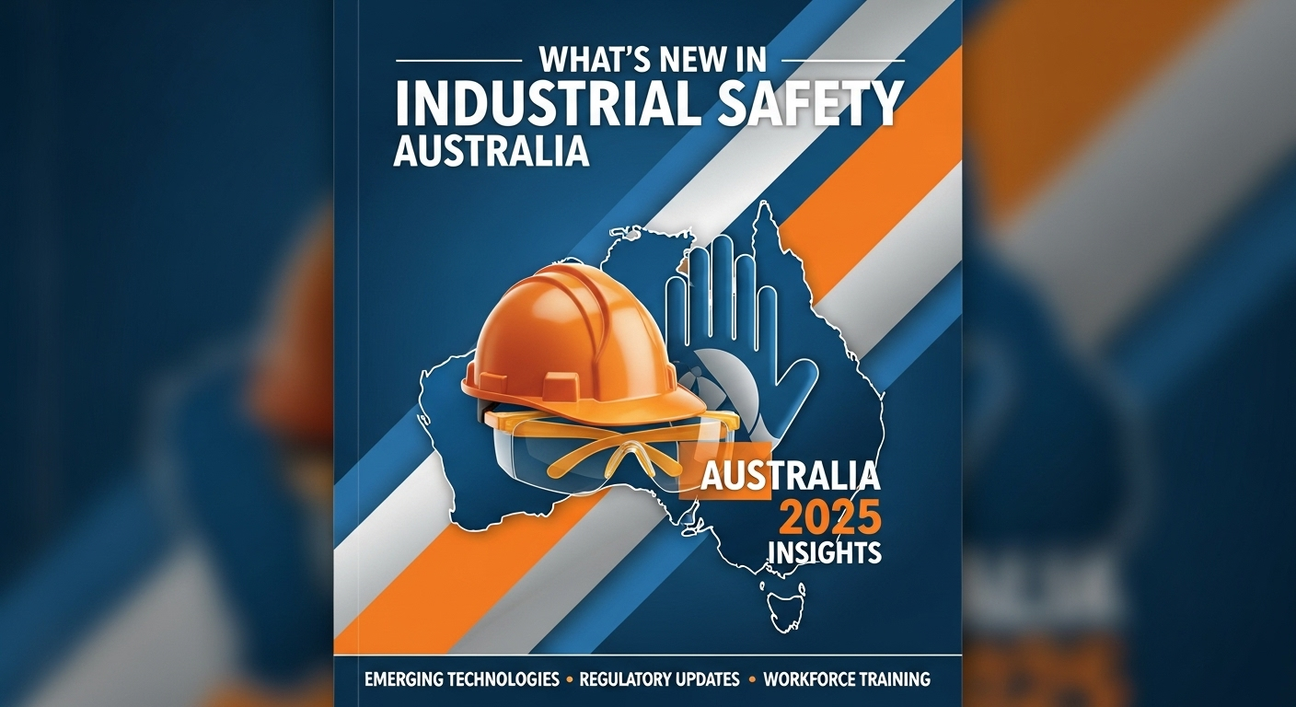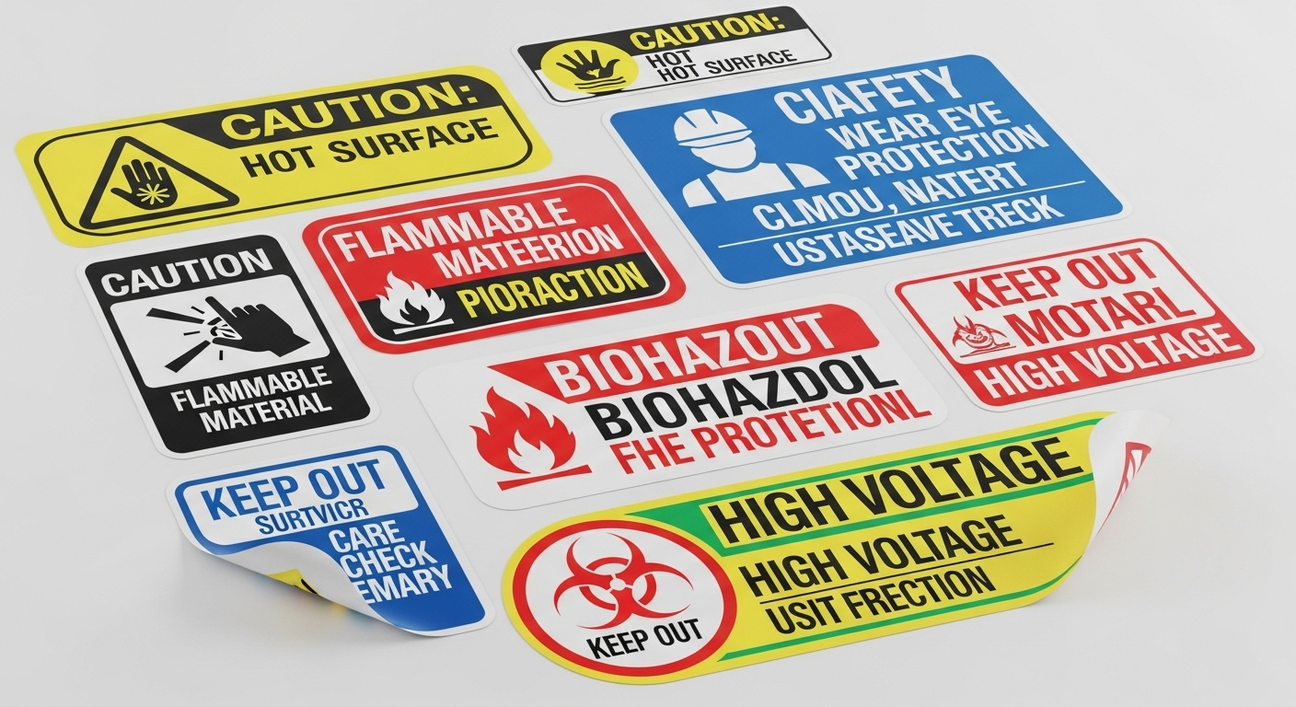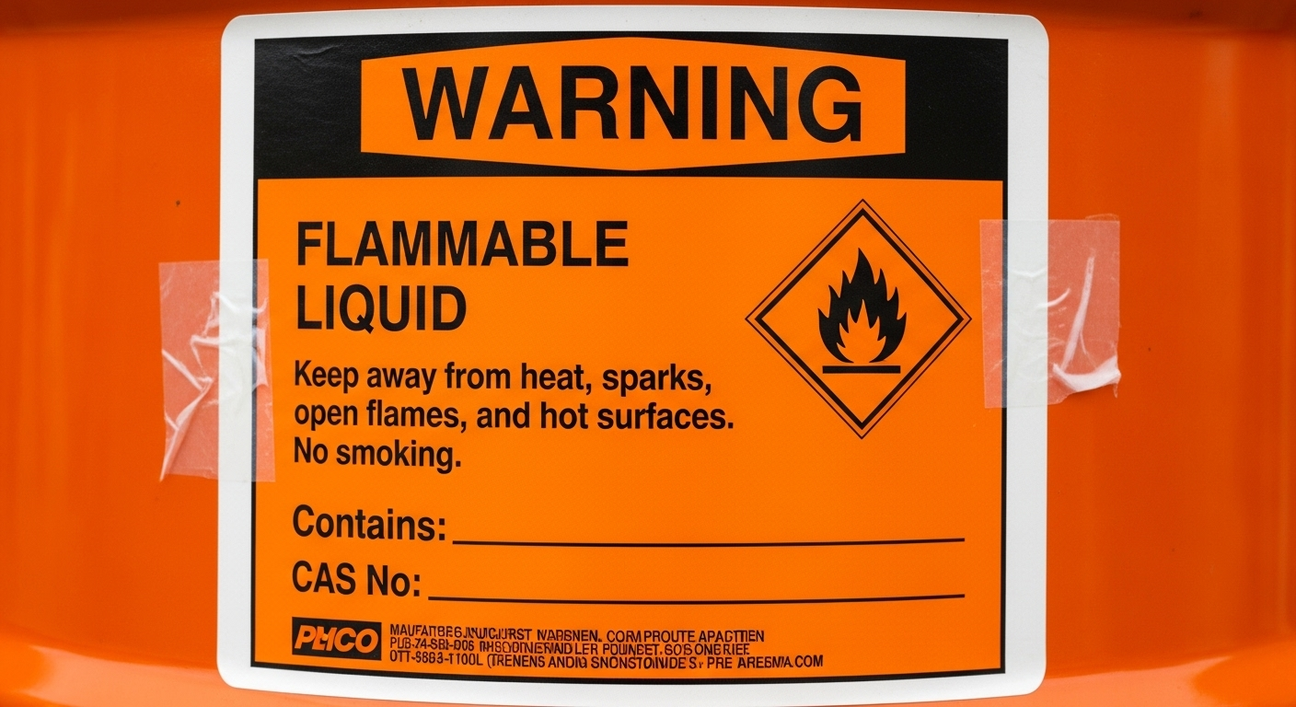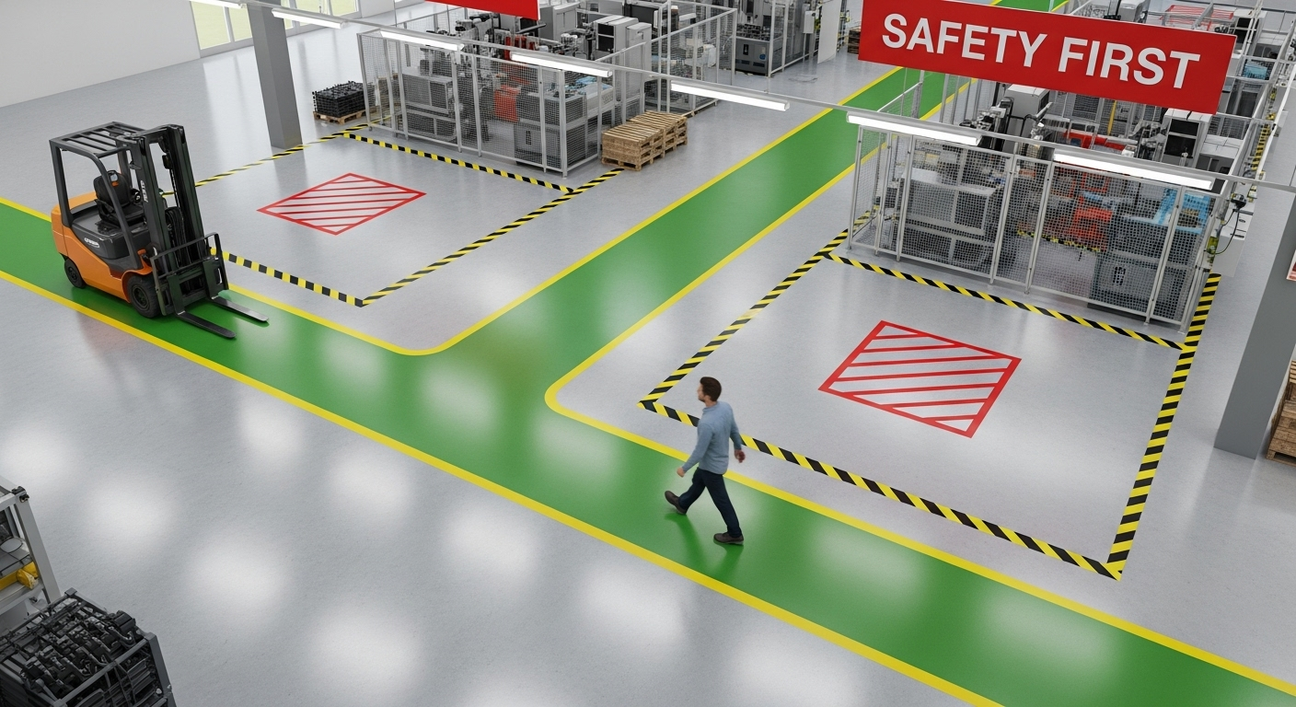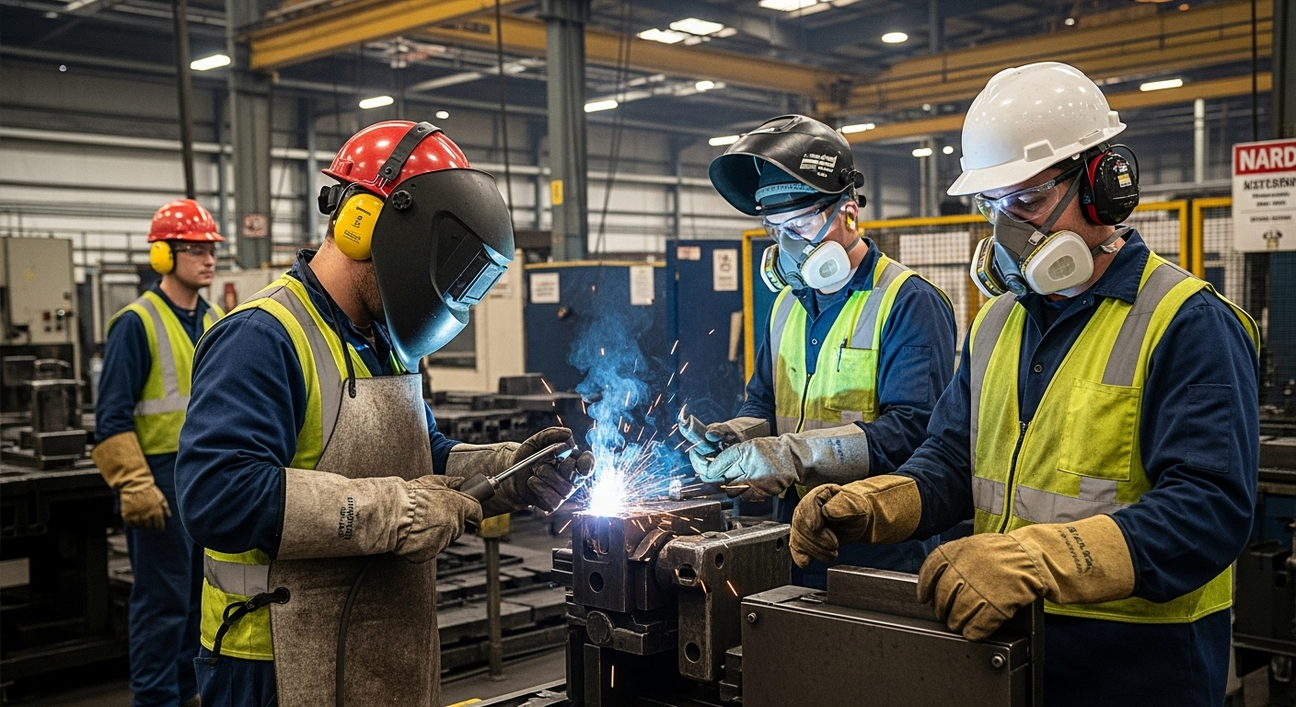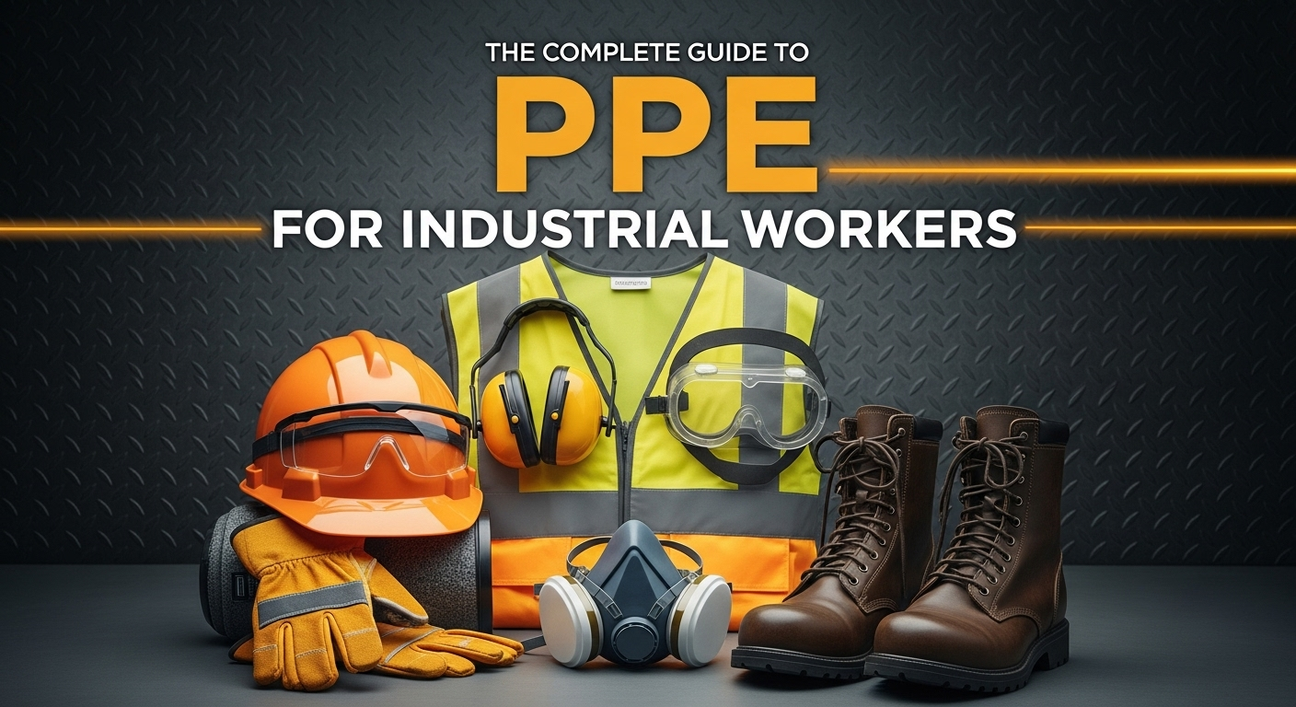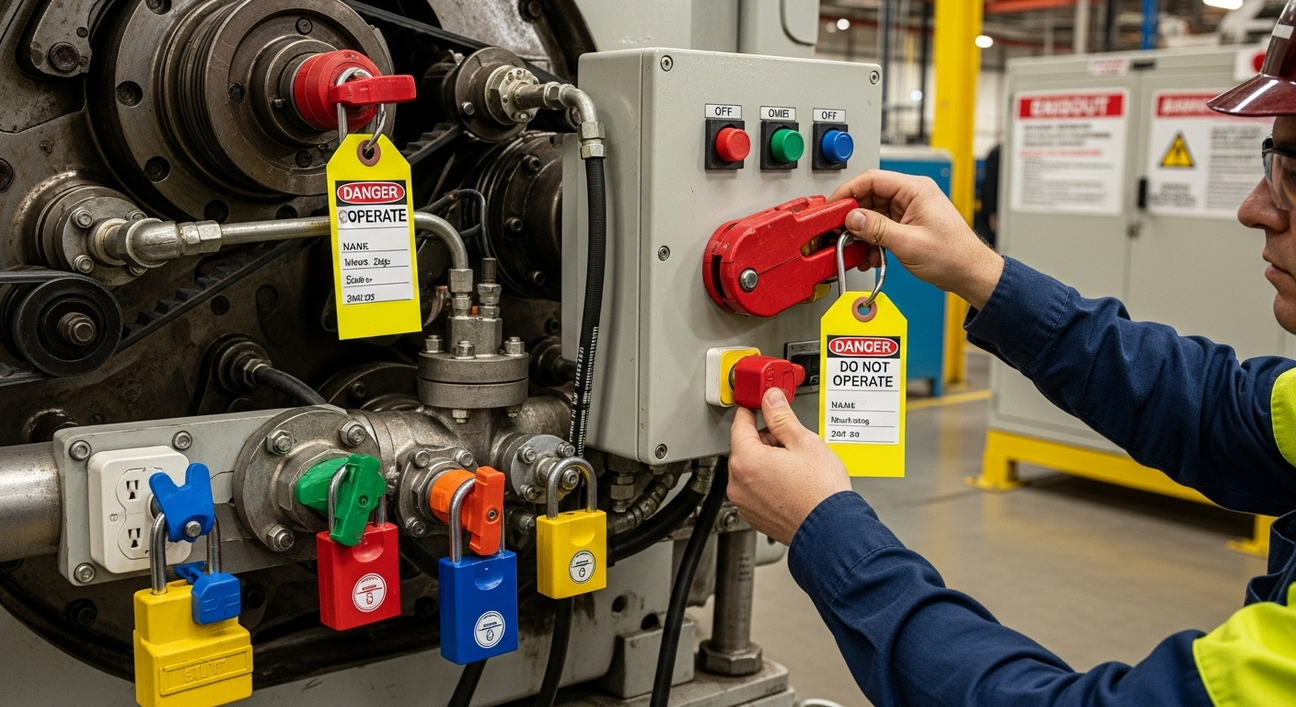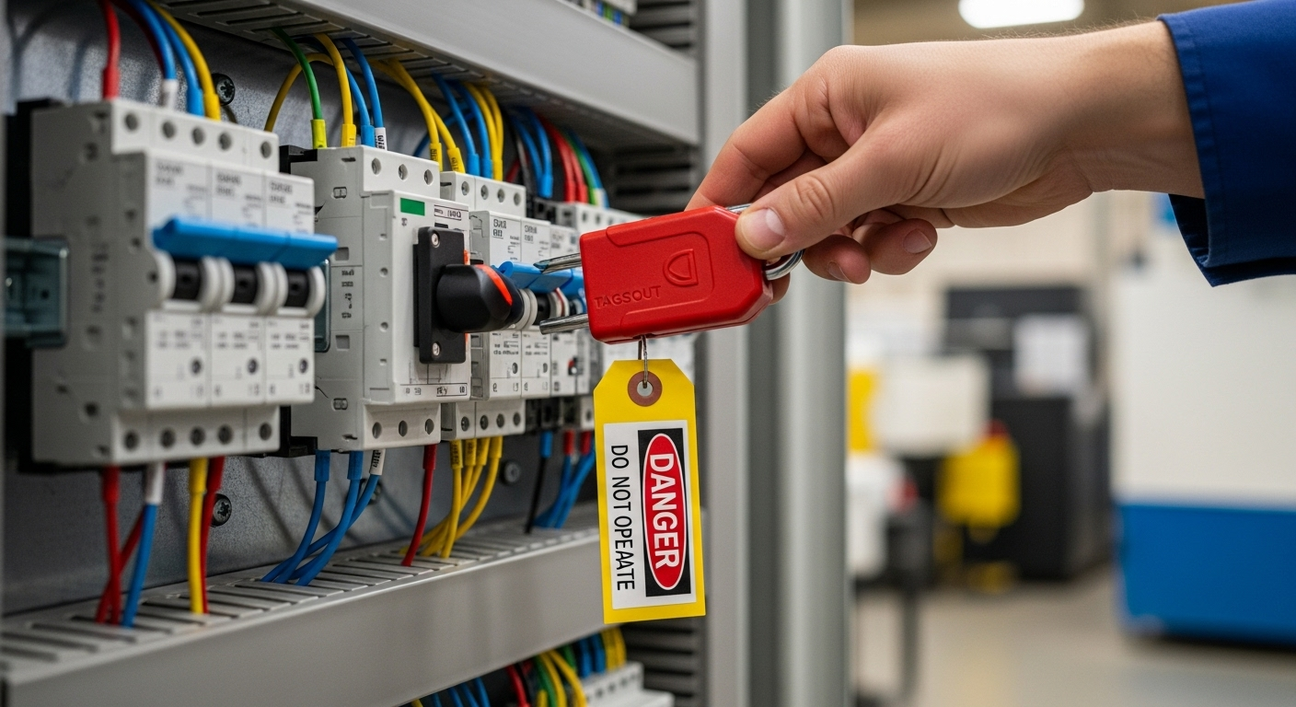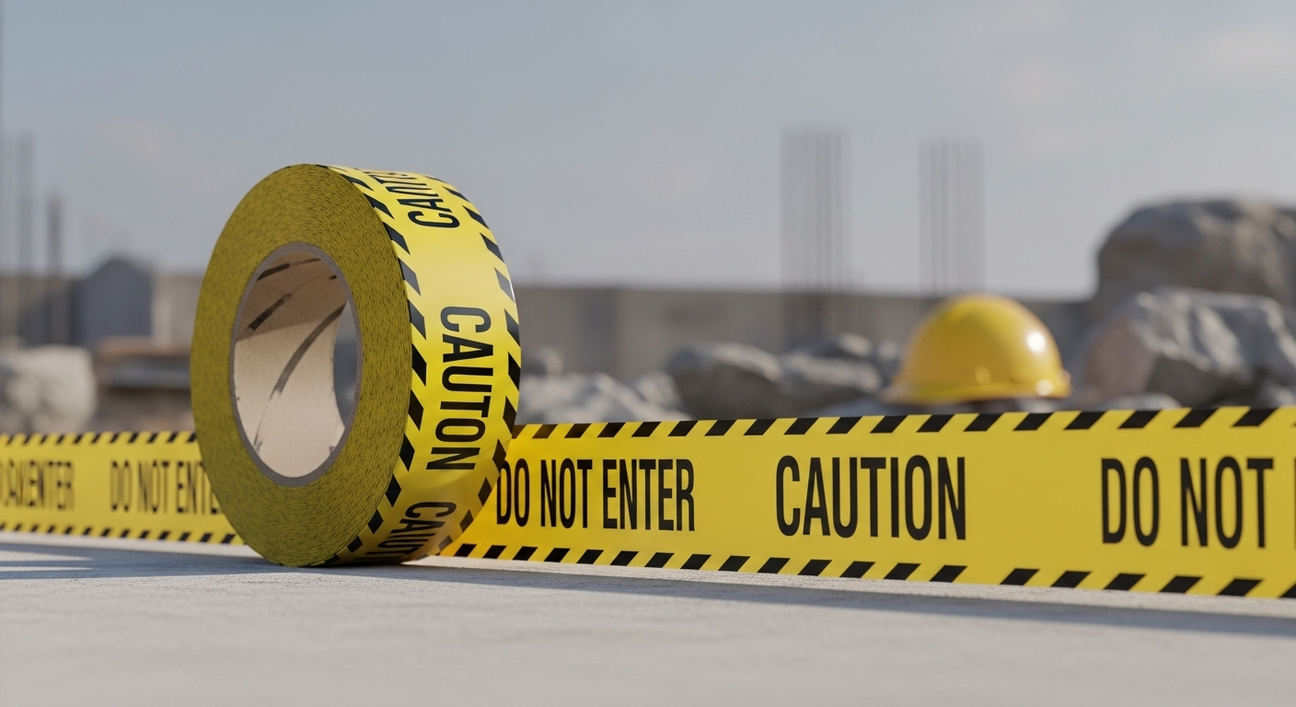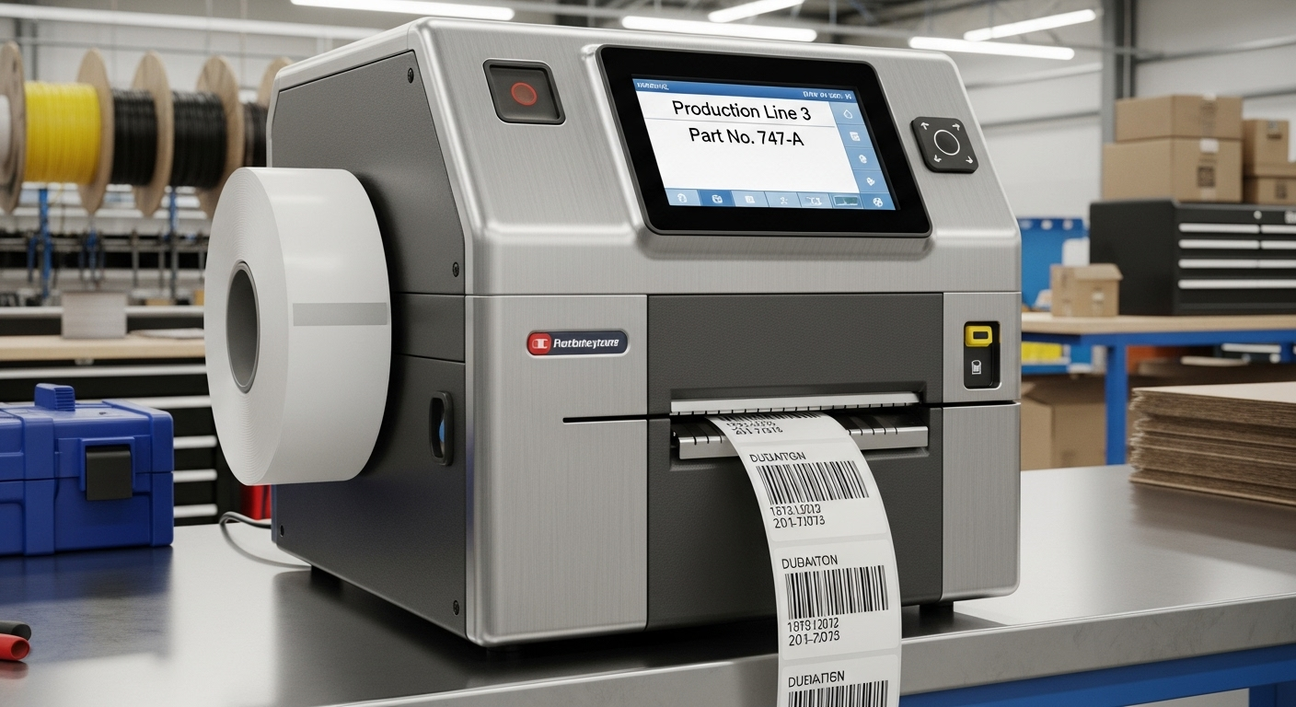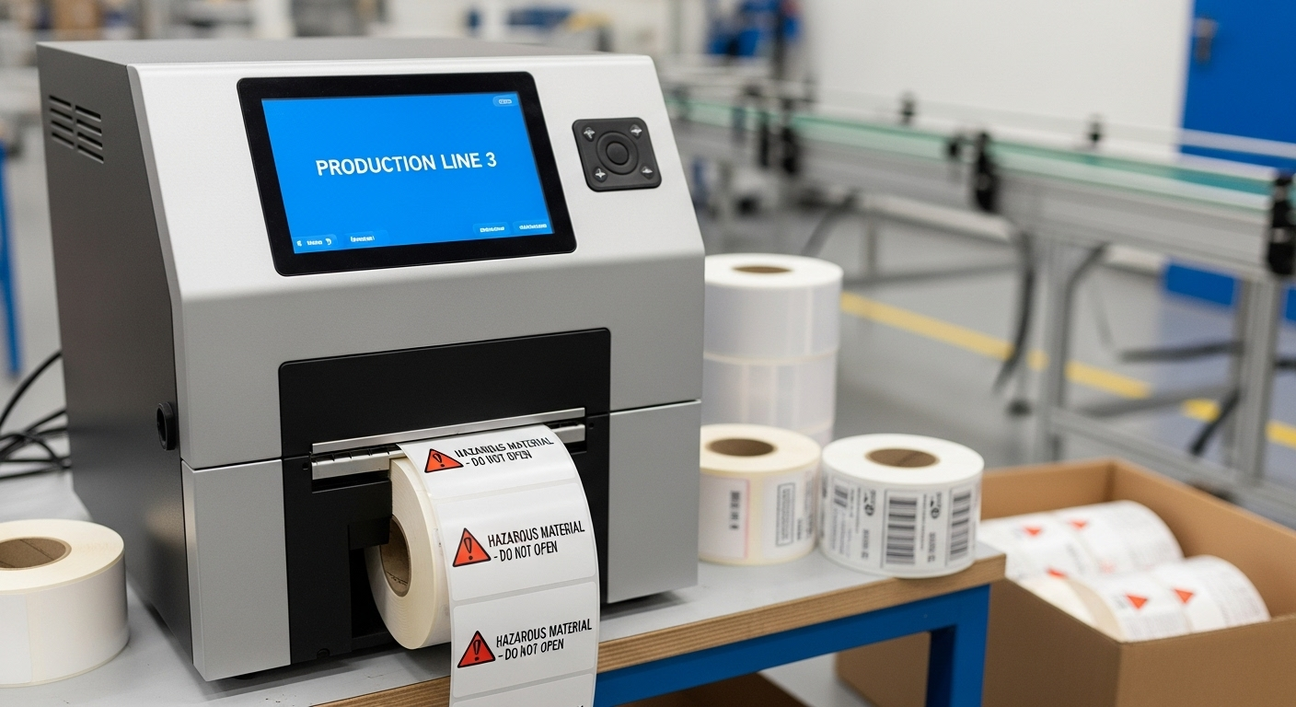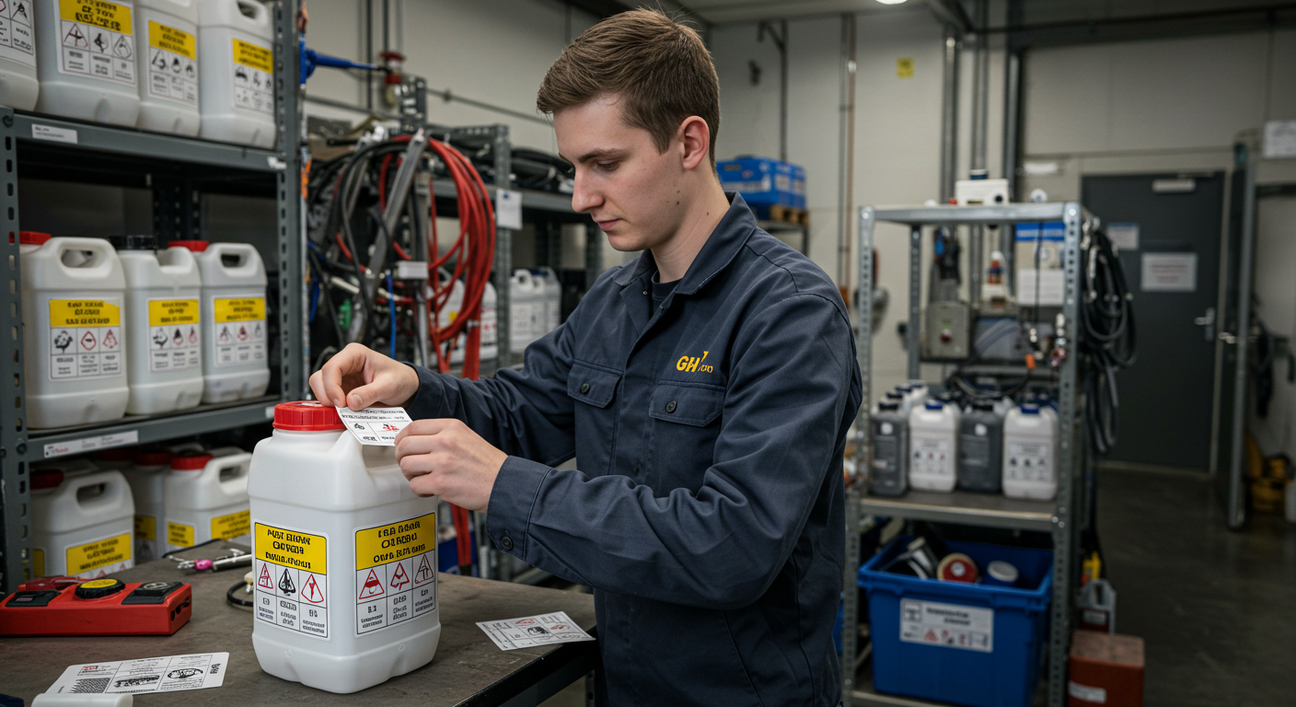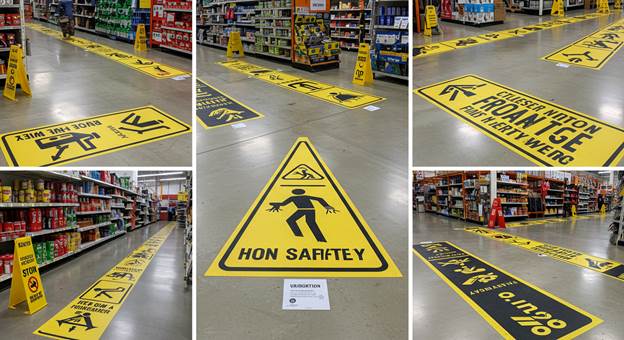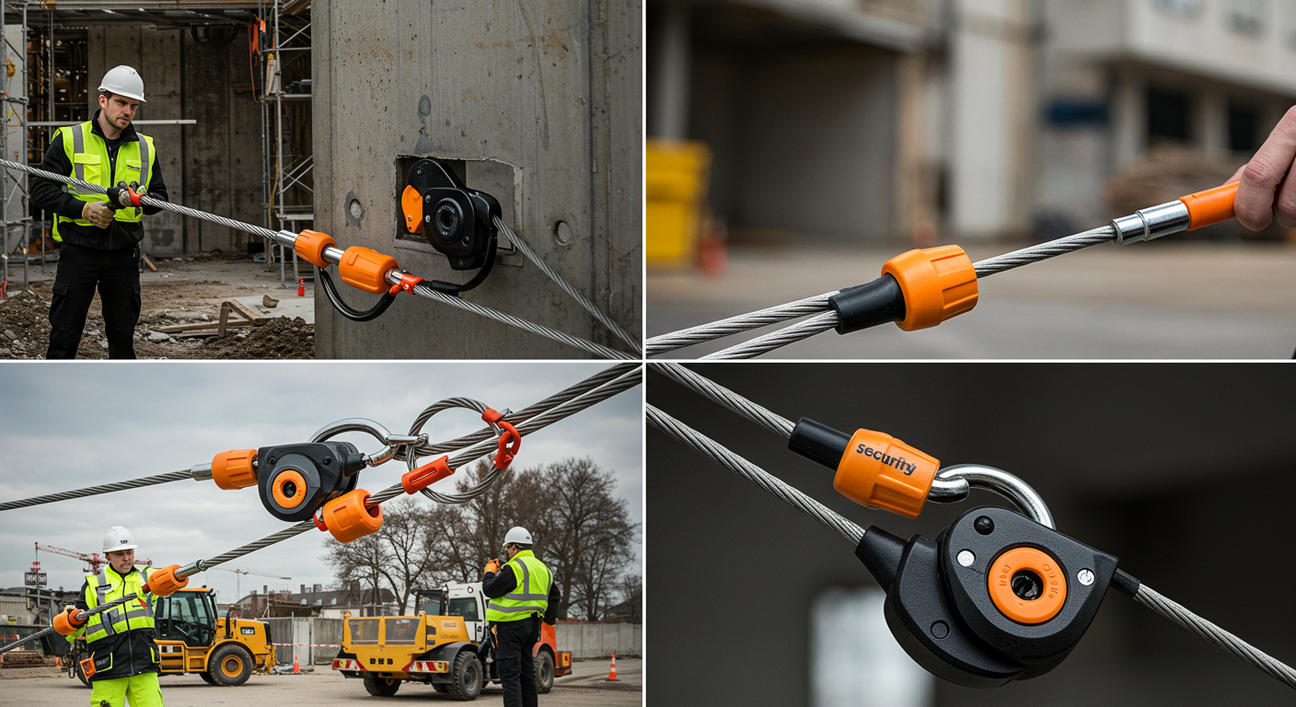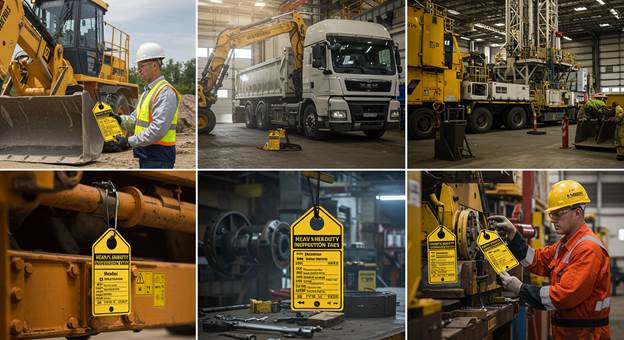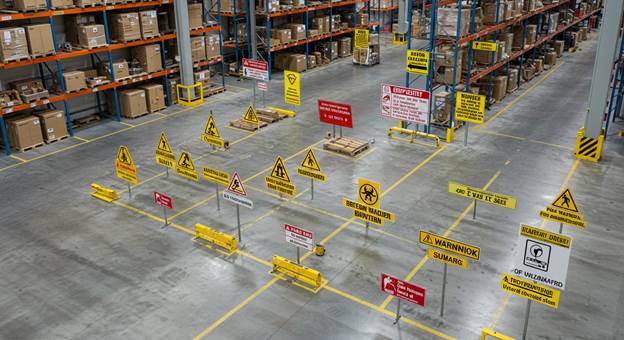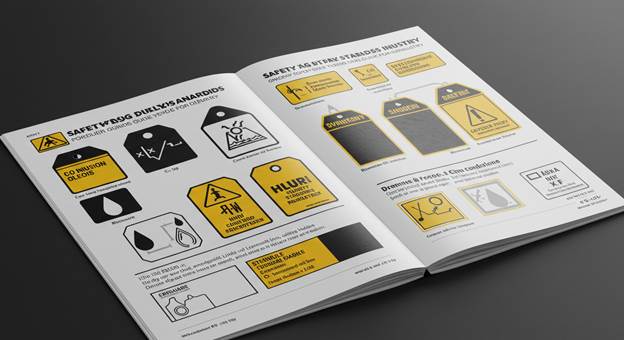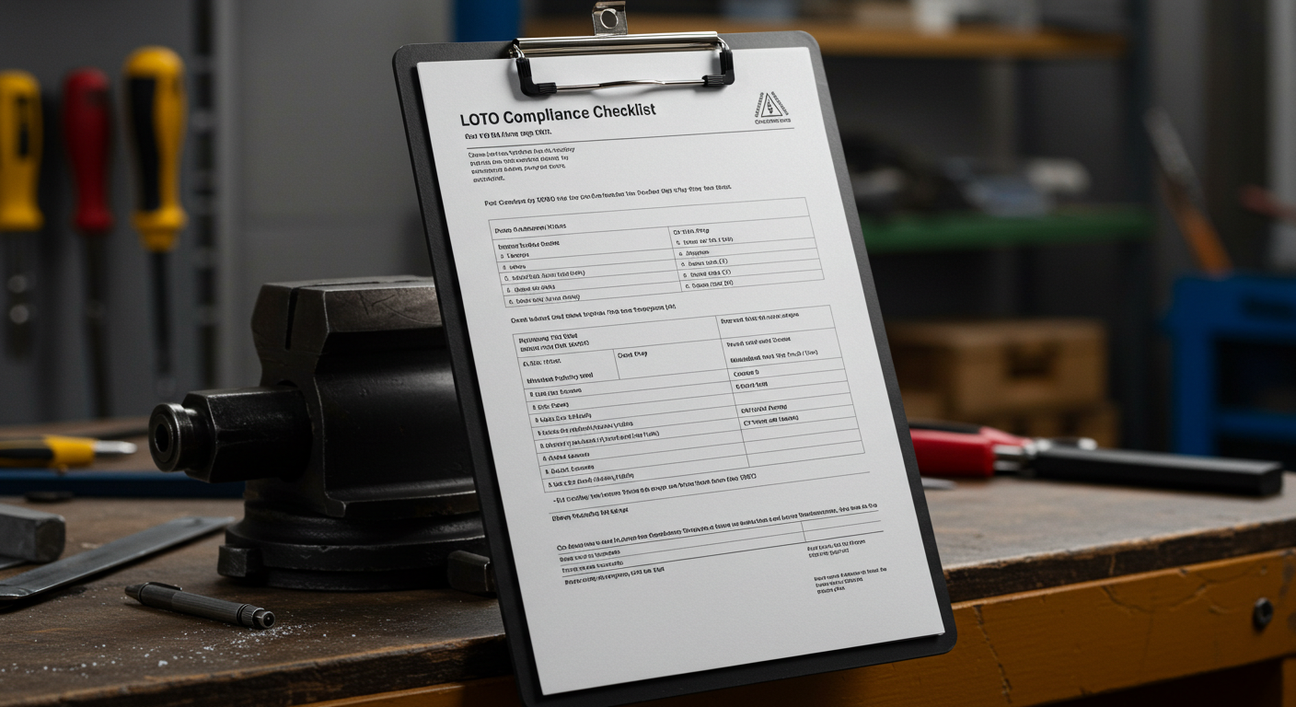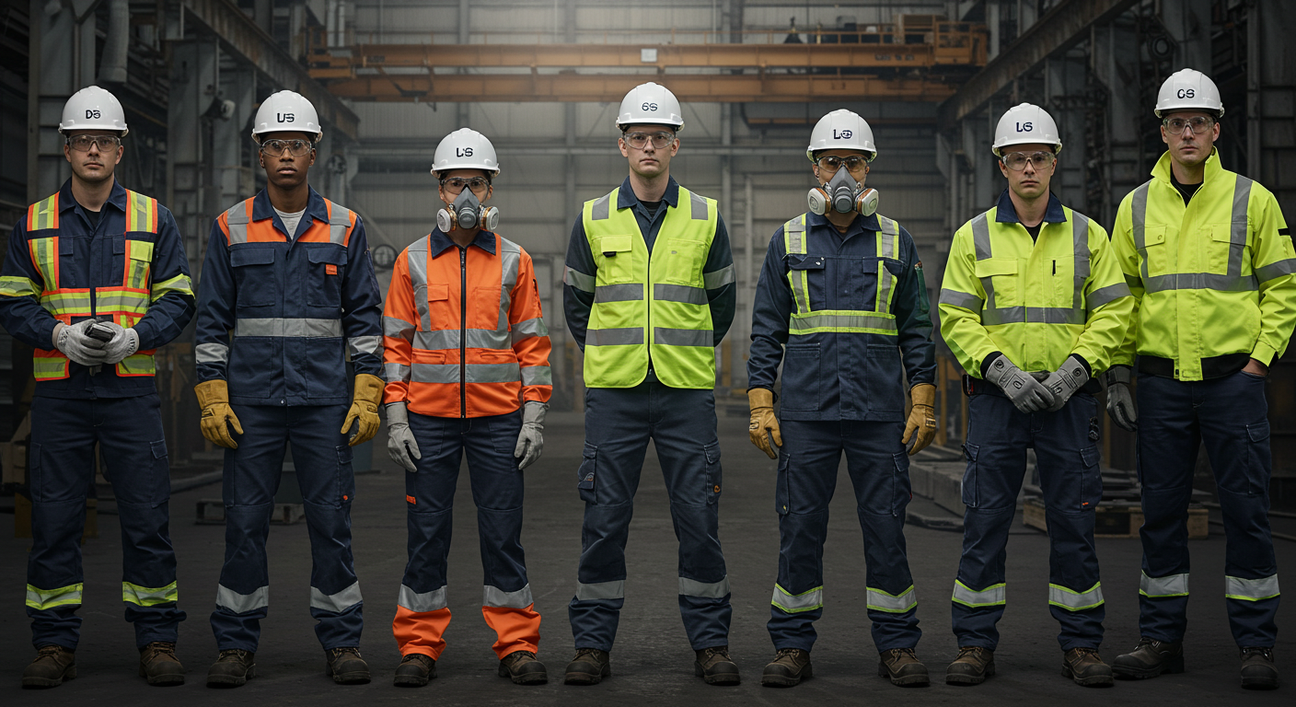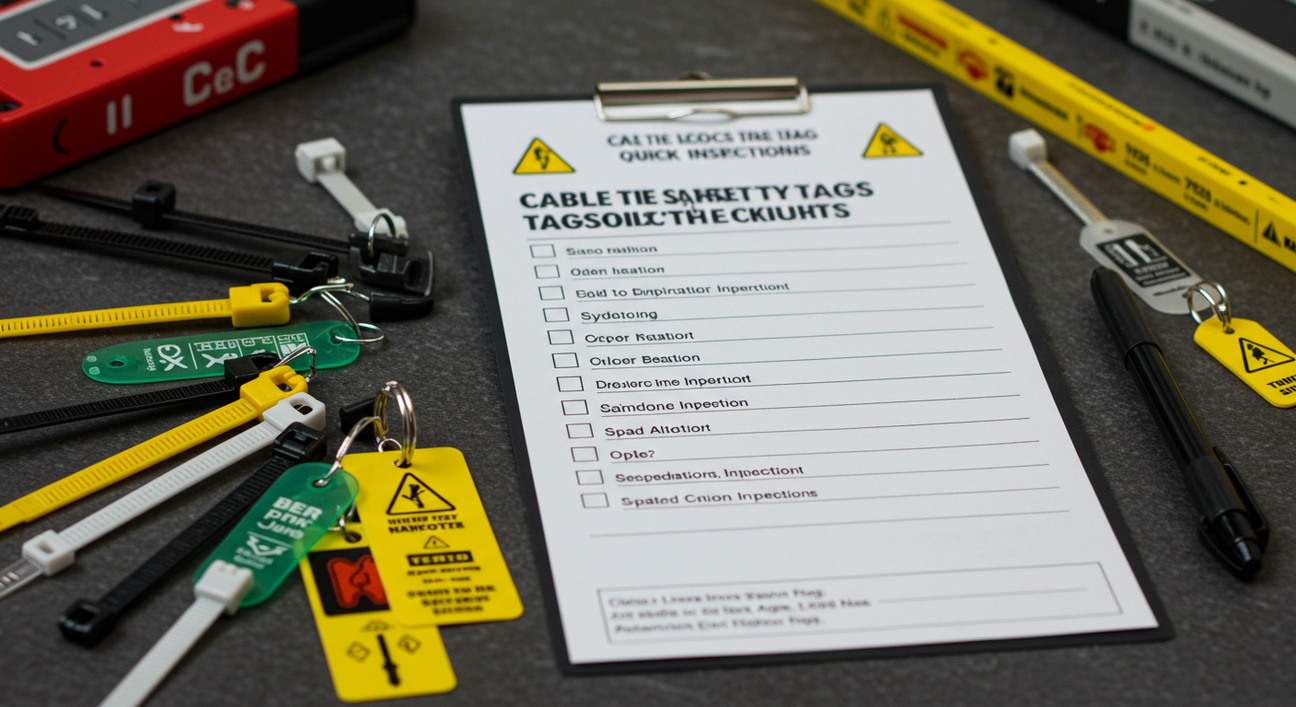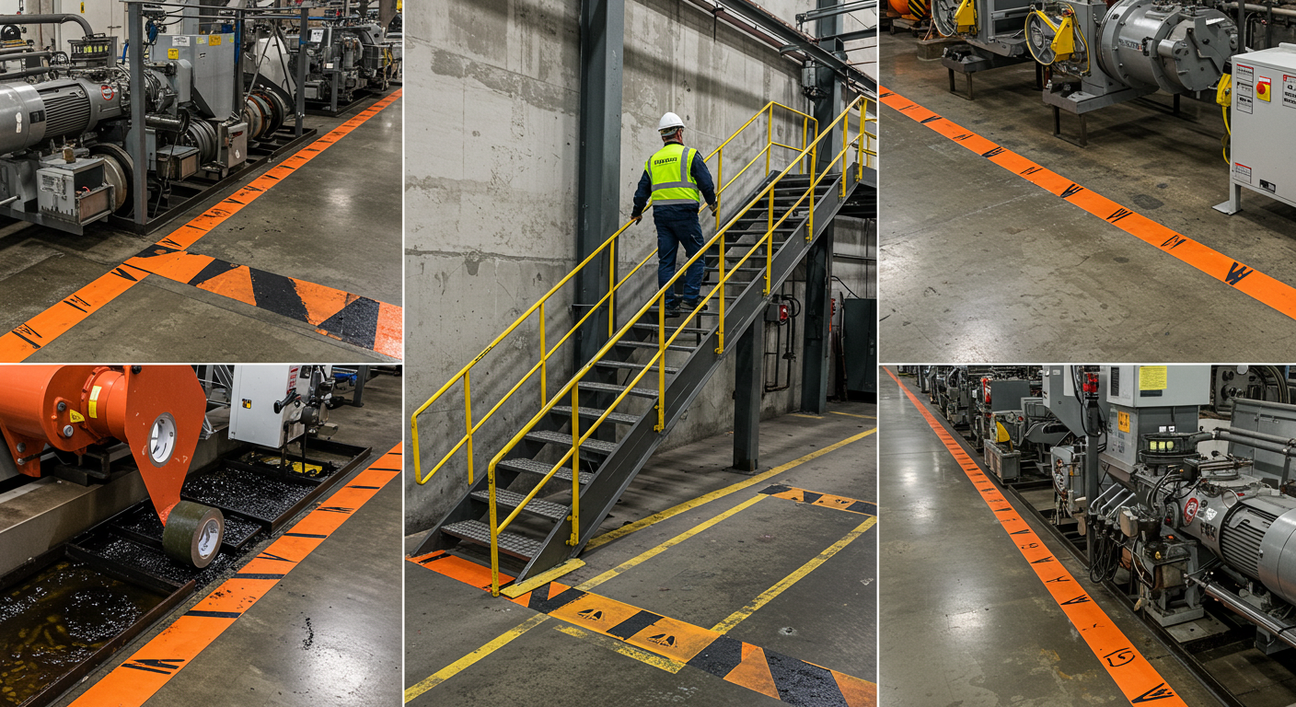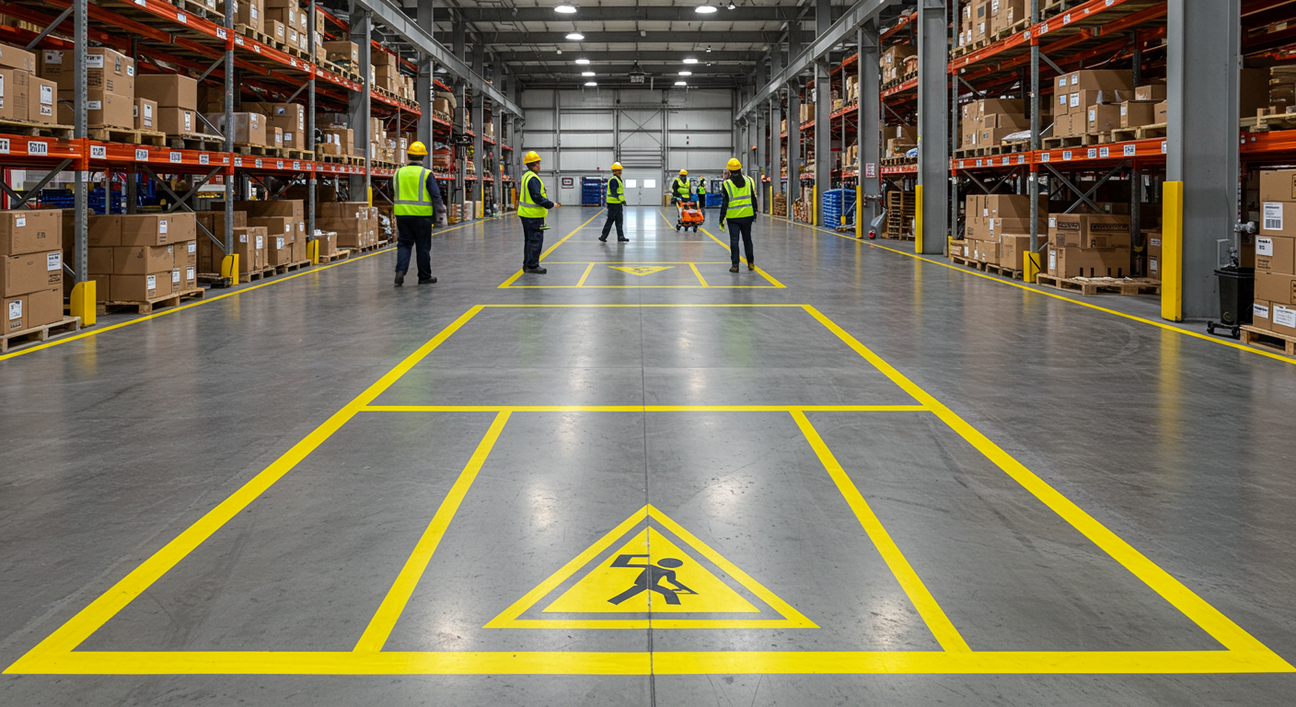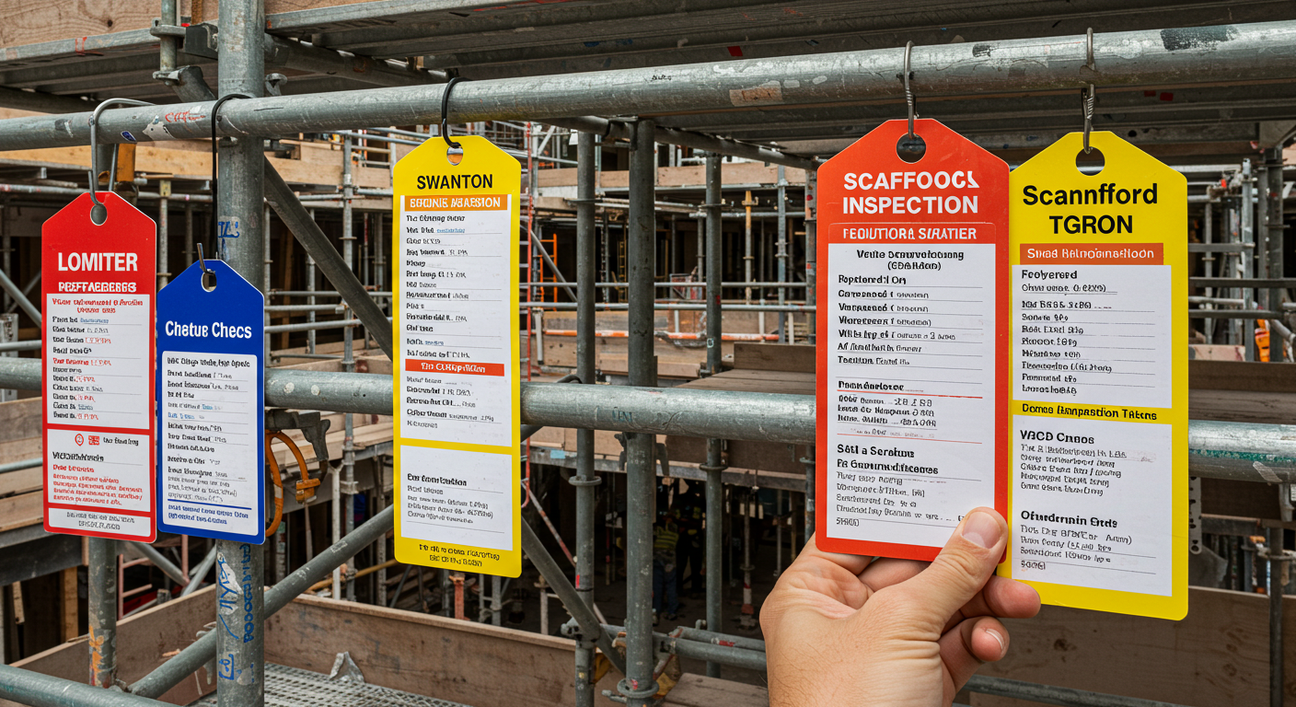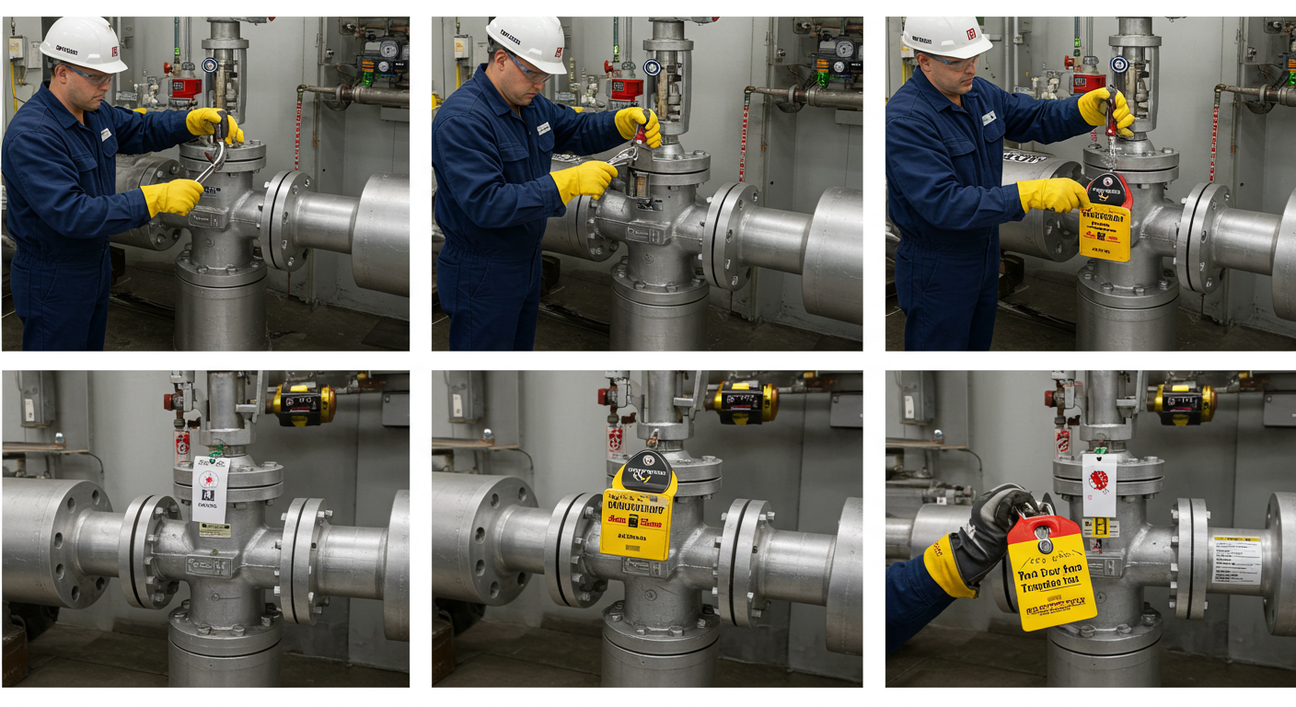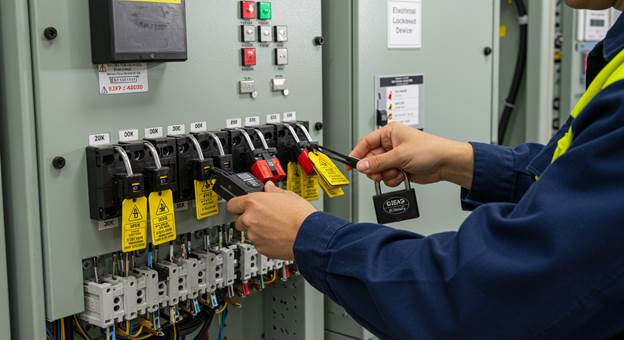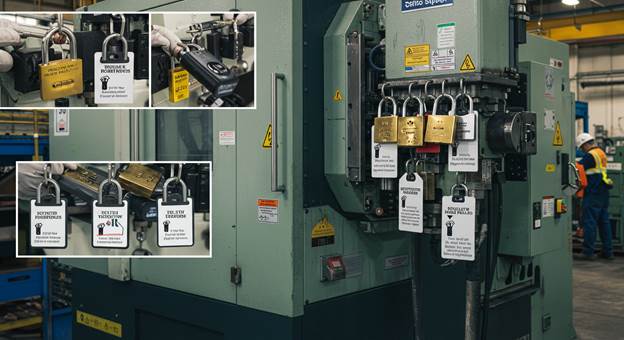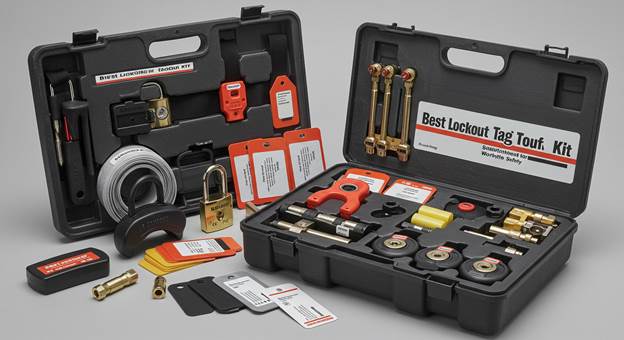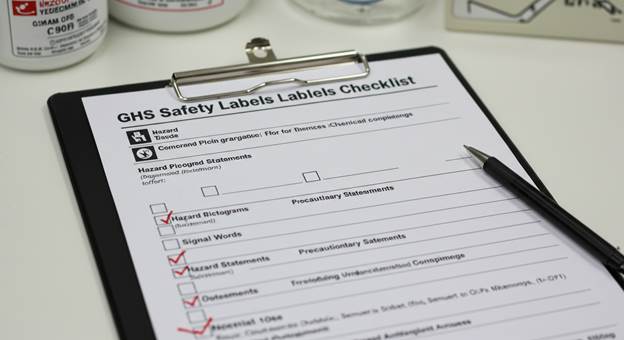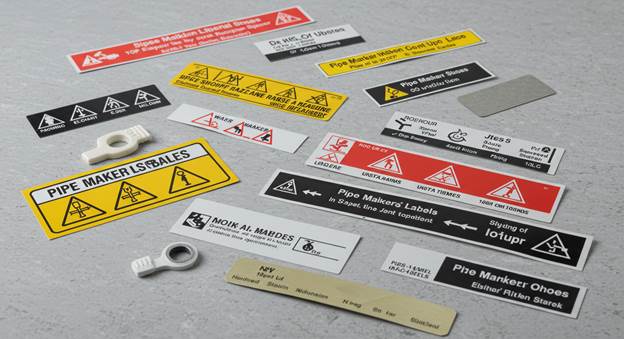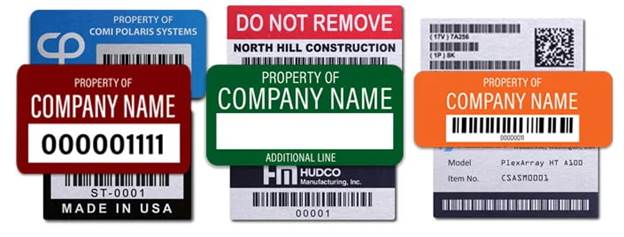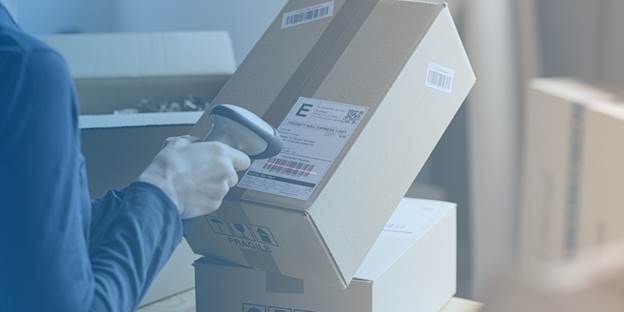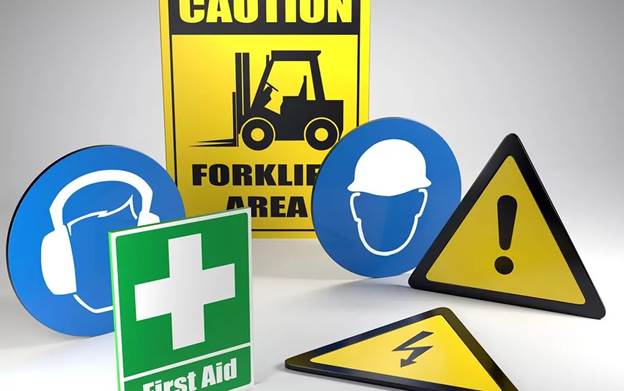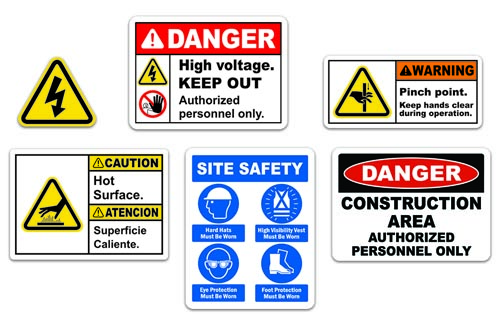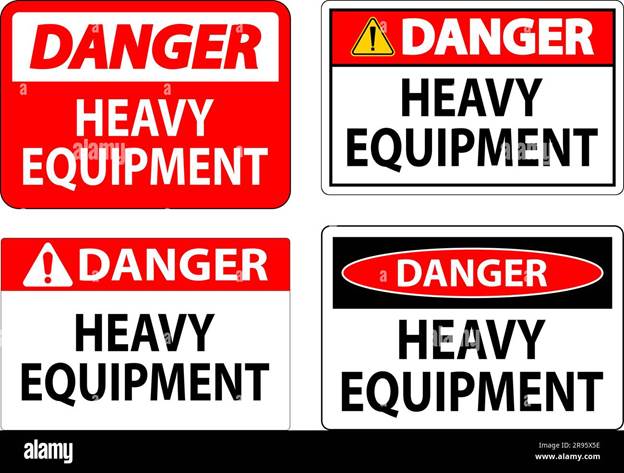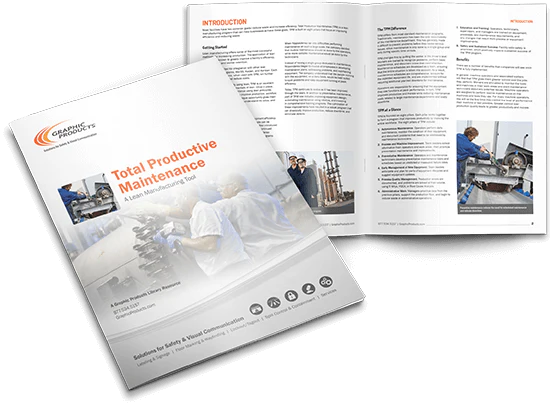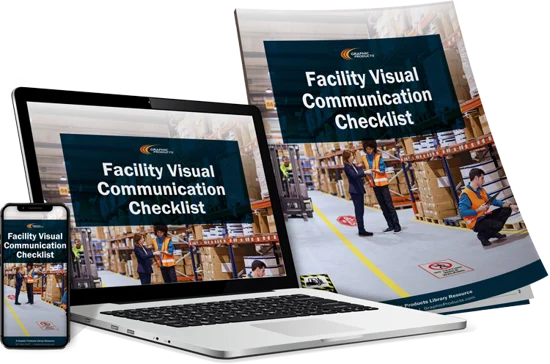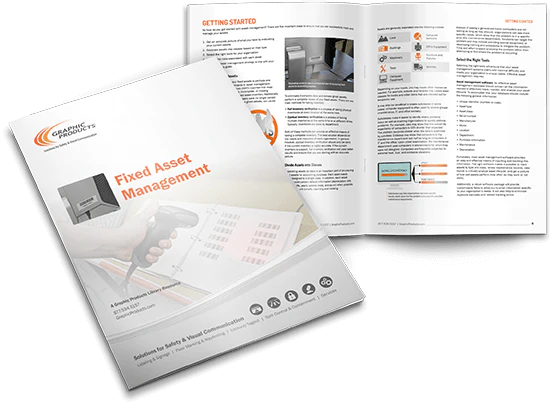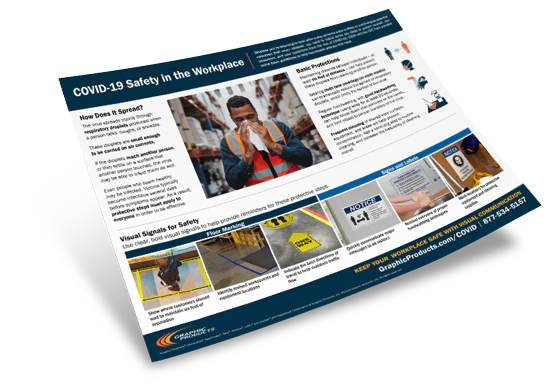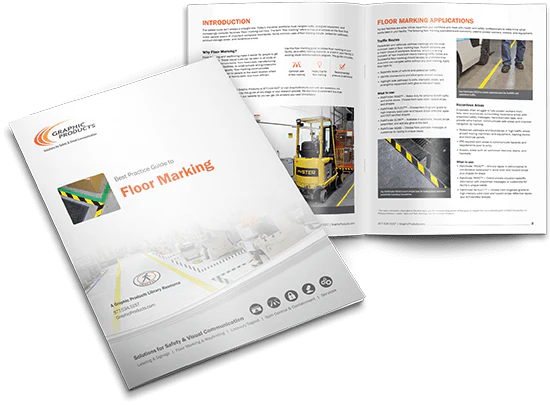Workplace Hazard Labels Tips for Safer Facilities
Keeping a workplace safe requires more than just awareness—it demands clarity. One of the most reliable and cost-effective ways to communicate risks is through workplace hazard labels. These tools help reduce injuries, ensure compliance with regulations, and keep everyone informed. In this guide, we’ll explore tips for effective label use, proper placement, and how Archford can support your safety initiatives.
1. The Vital Role of Hazard Labels in Industrial Safety
Hazard labels play a pivotal role in alerting employees, contractors, and visitors to potential risks. From identifying chemicals to marking high-voltage areas, these labels help reduce uncertainty and create a culture of safety. In regulated industries, proper labeling is not optional—it’s the law.
2. Why Choose Archford for Safety Solutions
Archford is a trusted provider of industrial safety solutions, offering everything from Safety Labels to tags and lockout systems. Their online store offers an extensive collection of products, including durable options tailored to industrial needs. You can view their label collection directly on the Safety Labels page.
3. Hazard Identification: Where to Start
Before labeling, conduct a full assessment of your facility. Look for risks related to:
-
Chemicals
-
Heat and electrical hazards
-
Sharp or moving machinery
-
Elevated or confined workspaces
Once identified, assign the appropriate danger labels based on the risk severity.
4. Best Practices for Workplace Hazard Label Placement
Where to put hazard labels? Placement is just as critical as the message. Follow these tips:
-
Place labels at eye level when possible
-
Ensure they're visible from entry points
-
Avoid placing labels behind doors or obstructed views
-
Use arrows if hazards are not directly in sight
These workplace hazard label placement tips help ensure labels are seen and understood at a glance.
5. Choosing the Right Safety Labels for the Environment
The right material ensures labels stay legible and intact over time. Consider these factors:
-
Waterproof materials for outdoor or washdown areas
-
UV-resistant coatings for sun-exposed zones
-
Adhesive strength for rough or oily surfaces
Archford’s safety labels are designed to handle harsh industrial environments with reliability.
6. Understanding Label Durability and Compliance
Durability goes hand in hand with compliance. Labels should meet standards such as:
-
GHS (Globally Harmonized System)
-
ANSI and ISO for color codes and symbols
Using low-grade labels or ignoring standards puts your workplace at legal and physical risk.
7. The Role of Workplace Signs and Hazard Tags
In addition to labels, workplace signs and hazard tags enhance safety by adding visibility and temporary alerts. Tags can be used during maintenance or temporary hazards, while permanent signs establish zones like fire exits or PPE requirements.
8. Integration with Other Safety Systems
Labels work best when integrated with a broader safety strategy, such as:
-
Lockout/Tagout systems
-
Personal protective equipment (PPE) guidance
-
Inspection and audit routines
This holistic approach ensures nothing falls through the cracks.
9. Maintaining and Replacing Labels
Routine inspection is essential. Set monthly checks to:
-
Confirm readability
-
Replace worn-out or faded labels
-
Remove irrelevant labels
-
Ensure placement is still correct based on layout changes
Ignoring label maintenance can undo your entire safety system.
10. Five Expert Tips for Better Label Application
-
Clean the surface thoroughly before applying.
-
Use the right label for the right condition (heat, oil, cold).
-
Apply even pressure to avoid peeling.
-
Use clear symbols to supplement text.
-
Train your team on what each label means and where they are.
Top Labeling and Tagging Tips for Industrial Safety Compliance
|
Tips / Guide Summary |
|
|
Use ANSI/ASME color codes and arrows for clear pipe content and flow identification. |
|
|
Ensure all chemical containers follow GHS pictograms and signal words consistently. |
|
|
Place labels where they’re visible and durable; include signal words like DANGER/CAUTION. |
|
|
Follow Australian GHS standards using appropriate tags, labels, and SDS references. |
|
|
Choose rugged, weatherproof tags that meet ISO or OSHA requirements. |
|
|
Always update scaffold tags post-inspection; use color-coded tags for clarity. |
|
|
Best for mining, construction, and oil & gas where tags endure rough conditions. |
|
|
Tag cables in electrical panels, machinery, and HVAC systems to reduce misidentification. |
|
|
Use floor and wall signs for forklift lanes, exits, and hazard zones. |
|
|
Place near entrances, intersections, and blind spots to enhance worker alertness. |
Final Thoughts
Creating a safer work environment starts with strong visual communication. Hazard labels, workplace signs, and hazard tags are your first defense in ensuring staff and visitor safety. When sourced from trusted providers like Archford, you gain access to rugged, compliant, and purpose-driven safety tools that don’t just meet standards—they exceed them.
Explore premium safety labels today at Archford and take the first step toward a more informed and protected workplace.
If you're updating your facility’s labeling system, don’t wait—make this part of your safety checklist today.
Frequently Asked Questions
Q1: What are workplace hazard labels used for?
A: They identify physical, chemical, and electrical hazards to prevent accidents and ensure compliance.
Q2: What are the different types of hazard labels?
A: Common types include chemical, electrical, mechanical, and environmental risk labels.
Q3: Where to put hazard labels?
A: Labels should be placed at eye level near the associated hazard, visible from common approaches.
Q4: Are hazard labels permanent?
A: Some are permanent, but others (like tags) are designed for temporary use during specific tasks.
Q5: How often should hazard labels be inspected?
A: At least monthly, or after any workplace layout or process change.

